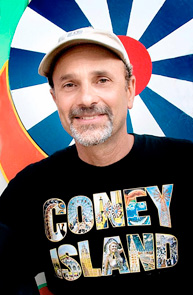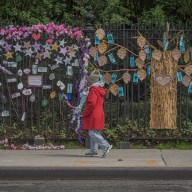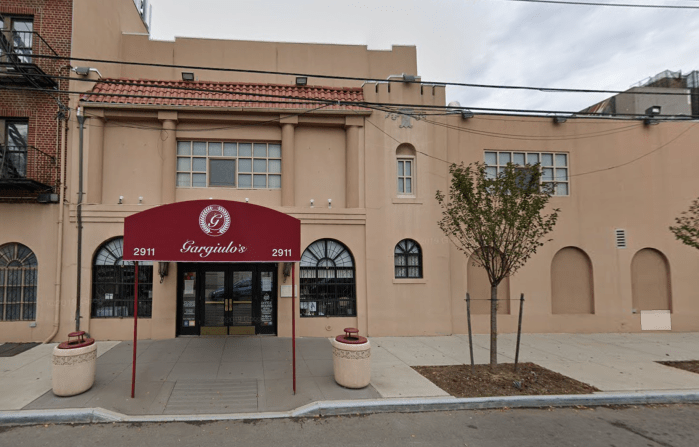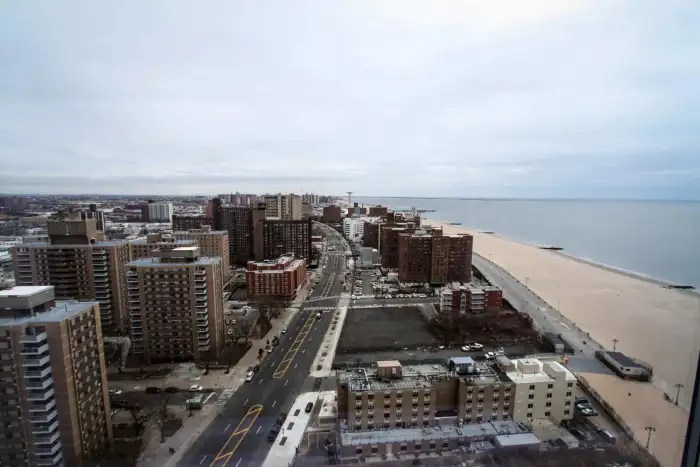In the early 1990s, the Coney Island beach became severely eroded after a series of violent storms and needed replenishment. The Army Corps of Engineers, never known for subtlety, fixed the shoreline by pumping three million cubic yards of sand from offshore, raising the beach 13 feet to the level of the Boardwalk. Completed during the winter of 1994-95, the replenishment project proved to be overkill and resulted in a sand-dune-covered Boardwalk with a jungle of weeds growing from sand squeezed between the boards. Over the past two decades, the damp wooden surface became a rotted and splintered liability.
Adding to the Boardwalk’s woes is vehicular traffic of all shapes and sizes: police cars, garbage trucks, and maintenance vehicles rattle across it daily, weakening it further. It is obvious that unsustainable tropical hardwood is no longer a viable option for deck replacement, and there are many alternatives to wood. Second-generation composite decking products like Trex, TimberTec, DreamDex are available now, and other low-maintenance materials currently under development could provide a cost-effective alternative in the future. The Boardwalk’s essence should be preserved for future generations.
Unfortunately, concrete installation requires permanent modifications to the pilings and piers of the Boardwalk’s support structure. This work might end all hope of replacing the boards with a wood substitute in the future. Once installed, the massive concrete slabs will never be removed, and it is hard to believe that the added weight of the slabs will not have a negative effect on the Boardwalk’s nearly century-old support structure.
The Drifters’ song, “Under the Boardwalk,” will have to be retitled, “Under the Sidewalk.”
In the past, Coney Island’s wooden Boardwalk provided a rustic observation platform, a cool, raised walkway that captured ocean breezes and provided a welcome respite from New York City’s hard concrete jungle. The Army Corps project destroyed that high, lofty perch, and the Parks Department now has to deal with the results. Time has run out, and the Boardwalk is in a crisis stage. Something must be done, but the solution should not be shortsighted. If anyone thinks that concrete is a permanent solution, just take a look at the Manhattan Beach Promenade, the broad concrete oceanfront boulevard that has long since crumbled and collapsed into the sea.
The Boardwalk was never meant to be a sidewalk. Consider the alternatives.
Charles Denson is founder of the Coney Island History Project.
























